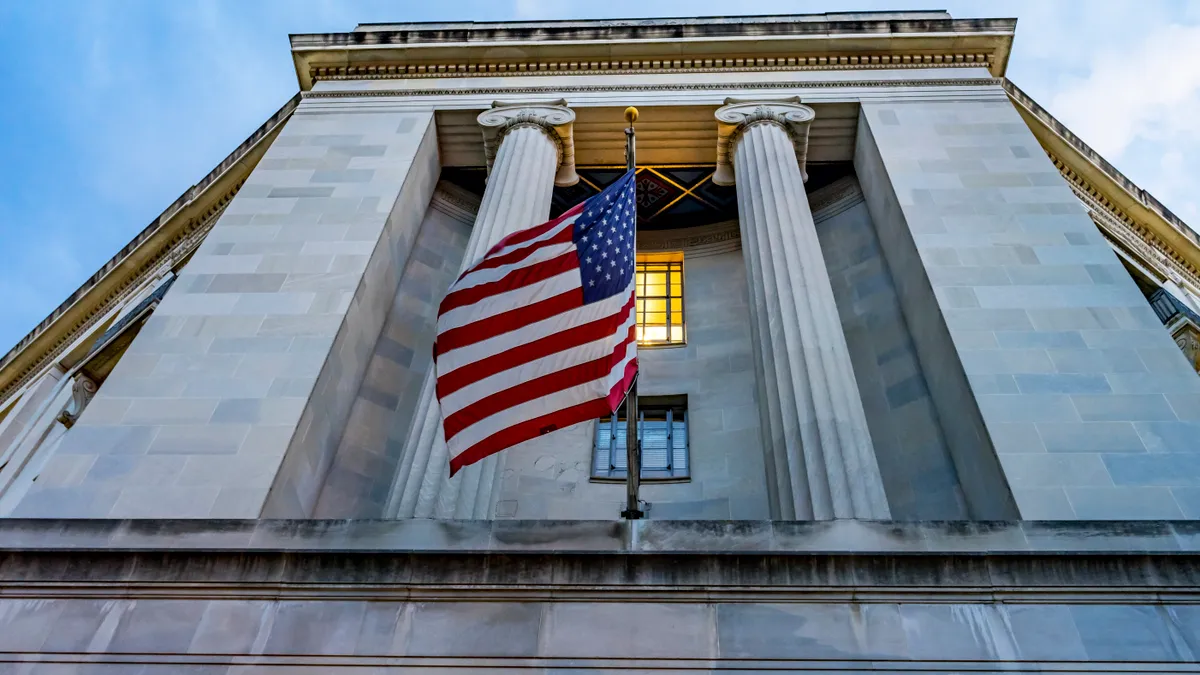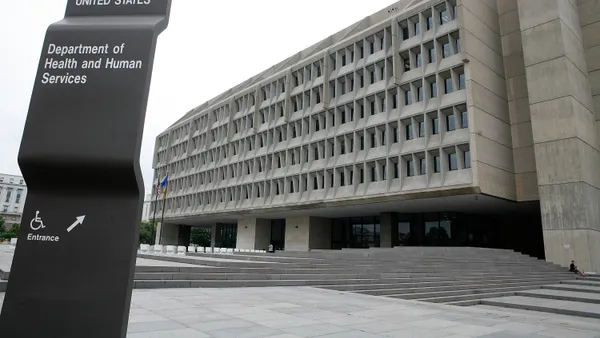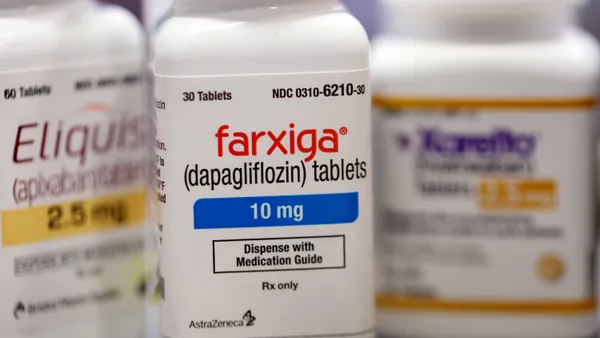Editor’s note: Kristen Pogreba Brown, Leslie V. Farland and Jennifer Andrews are professors at the University of Arizona. Brown is an associate professor of epidemiology and biostatistics at the College of Public Health, Farland is an assistant professor in epidemiology and biostatistics at the College of Public Health and Andrews is an associate professor in pediatrics at the College of Medicine.
After more than three years, the federal public health emergency and global health emergency for COVID-19 have ended, signaling a huge change for the U.S. healthcare system and national health policy. While deaths, hospitalizations and new infections due to COVID have decreased, the long-term threat to public health still remains.
Long COVID — the long-term, disabling symptoms of COVID that impact one in five Americans for months or even years following infection — has created a new disability in a previously healthy population. It has also caused 4 million people to be out of work with a total estimated economic impact of $3.7 trillion, according to 2022 Brookings study. This has highlighted the need for the federal government to further invest in research to better understand long COVID, address gaps in care and inform policies that protect future generations. The federal government is at a critical turning point and must make a shift from acute response to an extensive, collective effort that addresses long COVID.
Here is how the federal government can prioritize funding for long COVID research.
Adapt existing COVID infrastructure
While the federal government’s existing COVID research and surveillance programs have laid the groundwork for better understanding long COVID, there is still no consensus about the etiology — also known as the cause — or risk factors of long COVID. The National Institutes of Health’s RECOVER initiative and the Centers for Disease Control’s Track PCC surveillance projects are two examples of current national efforts underway to better understand the spectrum of long COVID and what the underlying risk factors may be.
However, there is a need for greater investment in a larger, multidisciplinary national network of independent academic research centers to better understand both the short- and long-term outcomes of this condition. Establishing Long COVID Centers of Excellence, which were recommended by the Biden Administration in the National COVID-19 Preparedness Plan and a recent presidential memorandum, will help meet the needs and increased demand from long COVID and provide care based on the latest research. Leveraging the infrastructure of existing sites and expanding them nationwide would be the key initial step to combat long COVID.
Strengthen public-private partnerships to guide the next phase
The federal government, academia and healthcare systems must strengthen their partnership to establish the Long COVID Centers of Excellence while maintaining a focus on cutting-edge research. An already-existing network of higher education institutions are currently partnering with the NIH on the RECOVER initiative, researching across multiple focus areas — including adults, pediatrics, pregnant participants, tissue pathology and real-world data.
Academic health centers and researchers are critical assets to guide this next phase of long COVID research, as they can act as an additional workforce asset for the federal government. These partners have the professors, undergraduate and graduate students to carry out the research needed to compliment federal efforts. Academia has the capacity, readiness and commitment to serve as the backbone of this national response.
Increase federal investment to improve health outcomes
There is still a tremendous need for investment in long COVID. Since March 2021, the Biden administration has made several attempts to secure additional funding for COVID relief to no avail. In the 2024 budget request, the White House asked Congress for $130 million for the HHS’ Health Resources and Services Administration to fund long COVID programs that would help rural communities and low-income Americans. Additionally, the administration requested $130 million for 2025 to treat and diagnose long COVID in the American Indian and Alaska Native populations. Establishing the Long COVID Centers of Excellence would require a $35 million budget approval from Congress for the HRSA to build on their initial investment in the RECOVER initiative.
The end of the PHE doesn’t also mean the end of long COVID. Without continued investment in research and infrastructure to better understand and treat long COVID, the nation’s public health will suffer.
We are in the very early stages of understanding the impact that the virus will have on future generations, which will require collaboration and long-term investment across academia, government and industry. Long COVID research is vital for informing effective policy decisions and will better mitigate overall impact and improve recovery.













